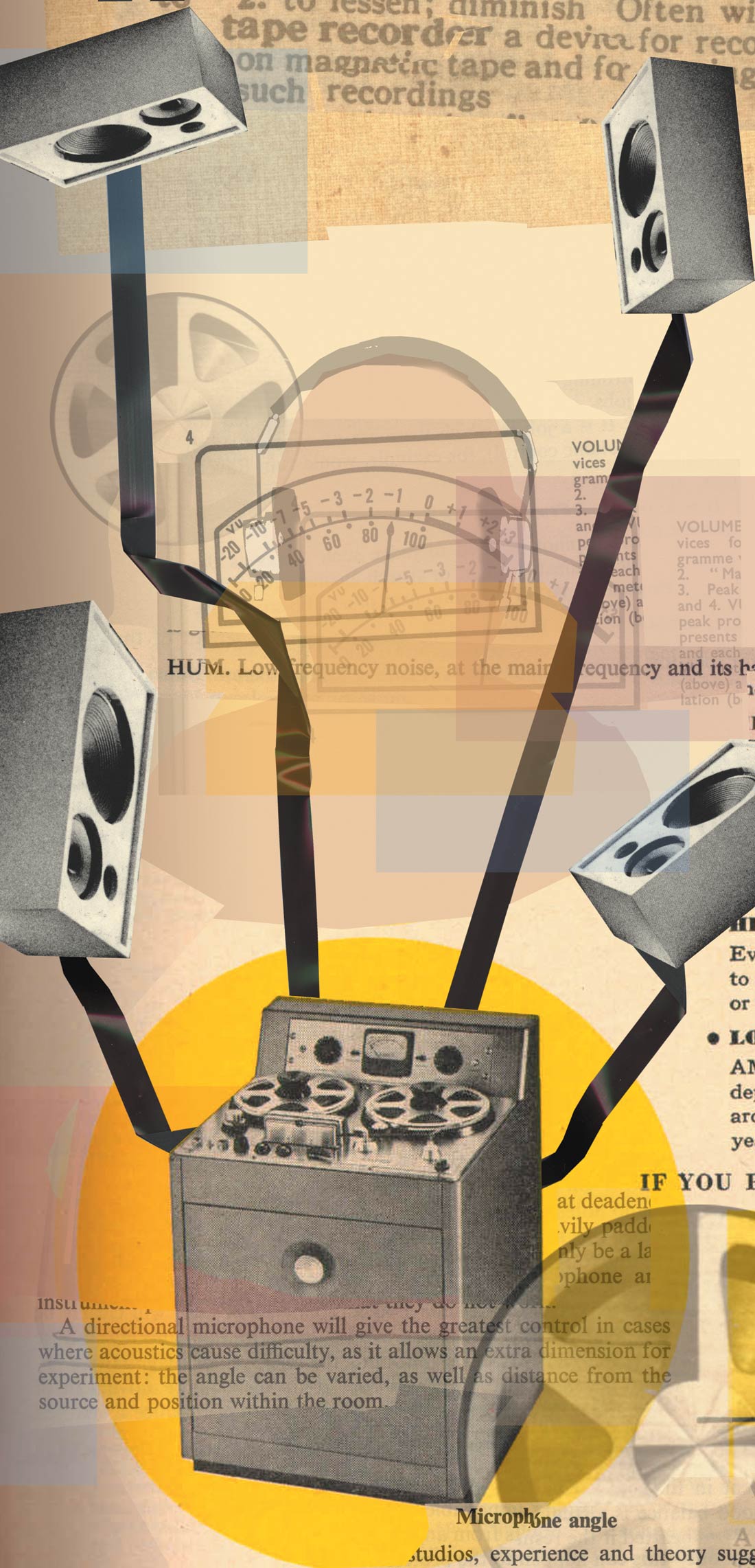I am a man of few microphones, I somehow get by on the kindness of friends who seem to not mind leaving their mics in my possession for months at a time. So I was certainly pleased to have a pair of Shure KSM141s show up at my door. They're multi-pattern (cardioid or omni) small diaphragm condensers. There's a switch for either a 15 or 25 dB pad, plus another one for selecting either a flat response, a low cutoff (18 dB/octave @ 80 Hz), or a low rolloff (6 dB/octave @ 115 Hz). I've been working on a record with my singing friend Kristina, and we hadn't yet found a mic we really loved on her voice, settling on an Oktava Mk219 as the best of what we had available. I put the KSM141 up and we did a few takes. After the first one, she said, "I think I like this mic", and I agreed. On her voice, and basically everything else I tried it on (nylon and steel string acoustics, electric guitar, overheads, kick and snare, and various percussion gadgets), the thing I noticed most about the KSM141 was its thick and pleasant sounding midrange. "Flat" doesn't sound all that positive, so how about "smooth"? It doesn't have the top end boost common to many mics, so at first listen it seems to be lacking some "sparkle," but I grew to like the unadorned sound of this mic. It smoked the Mk219 on nylon string and held its own on steel string against the fanciest mic I have, an AKG C 33E, which costs 4 times as much. I put the KSMs up against the AKG as overheads, and while I preferred the brighter and airier sound of the AKG, the Shures had a nice crunchy midrange that was pretty appealing on the snare and hi-hat. I took the Shures with me to a friend's studio where I was playing the role of "session drummer", and we tried the KSM over my right shoulder, about head high, facing the ride cymbal. I really liked it in that application, it sounded very clear and lively even though the room itself was pretty dead. Back home, I tried the KSMs in omni on kick and snare, and while the results weren't so hot on kick, that nice midrange I keep talking about sounded just fine on snare. The KSM sounded good on the snare in cardioid too, I had it about 4" away from the side of the shell. (Can I take just a second to recommend the side mic'ing of snare? If you religiously put a 57 an inch over the top head, try a condenser off to the side - it's good stuff.) Anyway, I also put the KSM and my AT4050 up in omni and recorded 20 seconds of every piece of percussion I had laying around. The 4050 picked up more of the room sound, but I liked the sound of the KSM better on most of my little timekeeping friends. Why? It was just more pleasant to listen to, that's why. Again, the 4050 was brighter, but the smooth response of the 141 seemed to result in tracks that would sit together well in a mix. You change the polar pattern of the KSM141 via a knurled ring at the top. There are detents for the two positions. The manual says, "Operating the KSM141 in a non-detent position will produce an unpredictable polar pattern and may adversely affect frequency response." I read that as an invitation for mischief and figured it had to be tried. Yeah. Don't do this. I assure you. I tried it on a guitar loop - sounded great in cardioid, not bad in omni. With the switch in-between detents: My loop plus massive 60 Hz hum. Overall, the unhyped high-end of the 141 took a little getting used to, but I really think it's a benefit if you're recording primarily to digital and want to keep your tracks from getting too painfully bright. (You add that painful brightness in mastering anyway, right before you make sure the mix stays at zero the whole time.) List price is $770 for one and $1,540 for a pair. Street price is less. The mics come with foam windscreens and a carrying case. For the budget-conscious, Shure offers the $575 (MSRP) KSM137 cardioid-only mic that features the same capsule and electronics as the KSM141. (www.shure.com)
Microphones, Tools | No. 141
OC818 Studio Set Microphone
by Mike Jasper
Recently, I was looking for something completely different in a microphone with $1200 of stimulus money burning a hole in my pocket. So, when I discovered the Austrian Audio OC818 – a...




_disp_horizontal_bw.jpg)